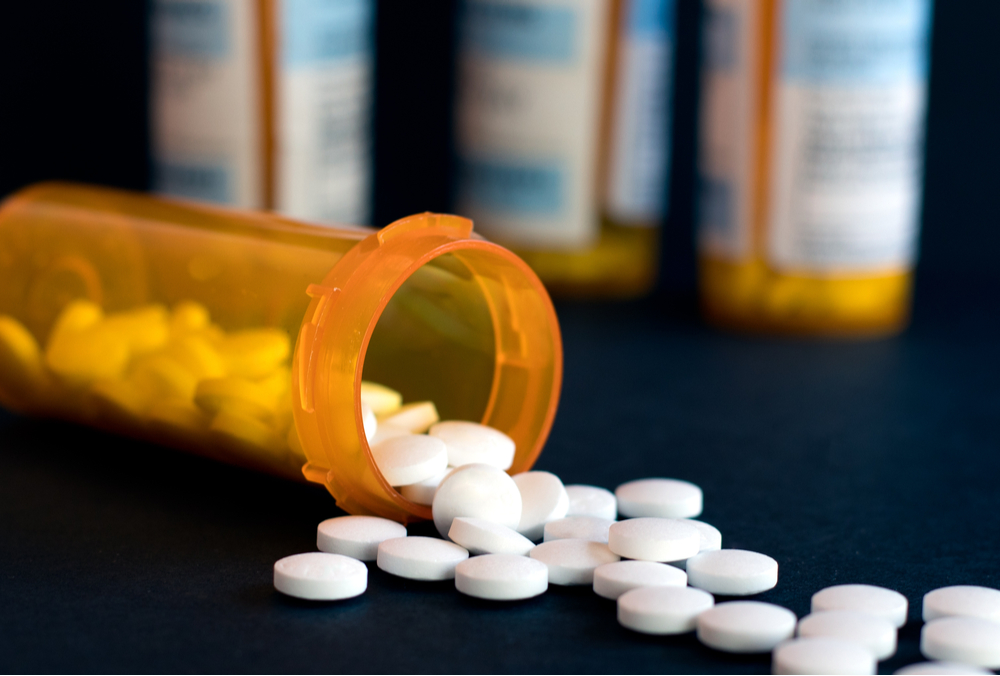Drug overdose remains a leading cause of accidental death in the United States. Despite a decline in opioid misuse among teens, nearly 75% of adults treated for opioid use disorder began using opioids before age 25.
As the opioid crisis continues to be a national public health emergency, and with 1 in 10 adolescents being prescribed opioids each year, it is crucial to ensure the safety of our youth. Preventing opioid misuse and addiction is a collective responsibility.
What Are Opioids?
Opioids are a highly addictive class of drugs that include illegal substances like heroin, synthetic opioids such as fentanyl, and prescription pain relievers like oxycodone (OxyContin®), hydrocodone (Vicodin®), codeine, and morphine. Street names for these drugs include “happy pills,” “percs,” “oxy,” or “vikes.” While opioids can provide pain relief and feelings of pleasure, they can also alter brain chemistry, leading to addiction and severely impacting lives and relationships.
What Is Opioid Misuse?
Opioid misuse is when someone:
- Takes opioids in a manner or dosage other than prescribed
- Uses somebody else’s medicine
- Uses a medication to achieve a high
Signs of Opioid Misuse
Recognizing the warning signs of opioid misuse is important for early intervention and for helping young people be their best, healthiest selves.
Signs of opioid misuse include:
- Behavior changes, like increased dangerous activities
- Shifts in friend groups
- Quick mood changes, like episodes of energy, nervousness, or crankiness
- Changes in grooming habits, like not bathing, changing clothes, or brushing their teeth
- Constipation
- Drowsiness
- Changes in sleep habits
- Disappearance of pills, money, and valuables
- School problems like missing school and failing grades
- Getting into trouble with the law
Signs of opioid overdose include:
- Pale, clammy face
- Limp body
- Blue fingernails or lips
- Vomiting or gurgling noises
- Slowed or stopped breathing or heartbeat
How Common is Adolescent Opioid Misuse?
In 2020:
- Approximately 400,000 adolescents aged 12 to 17 misused opioids
- Nearly 1.6 million young adults aged 18 to 25 misused opioids
Risk Factors
Certain teens and young adults are at a higher risk for opioid misuse and addiction.
Risk factors include:
- Untreated mental health issues like depression, anxiety, and personality disorders. These people and those with untreated attention deficit hyperactivity disorder (ADHD) and other learning problems can turn to illicit drugs as a way to self-medicate.
- Tendency toward risk-taking or thrill-seeking behavior and instant gratification
- Associating with known drug users. 57% of 12- to 17-year-olds who misused prescription opioids got them from a friend or relative
- Lack of parental supervision and consistent limits
- Personal or family history of substance abuse
- Living in a home where substance abuse is accepted or where repeated conflicts or verbal and physical abuse happen
Prevention
There are many ways that caring parents, family, and community members can prevent opioid misuse among adolescents and young adults.
What Can Parents and Family Members Do?
- Discuss the dangers of opioid misuse and safe pain management practices.
- Consult with doctors about non-opioid pain management options.
- Model responsible behavior regarding opioid use.
- Securely store and monitor prescription medications.
- Avoid sharing prescriptions.
- Properly dispose of unused medications through take-back programs or according to FDA guidelines.
- Seek help for suspected misuse or addiction, and learn about overdose prevention measures like Naloxone.
What Can Schools Do?
Students who misuse substances are at a higher risk of academic failure. The U.S. Department of Education aims to:
- Educate students, families, and educators about opioid dangers and prevention.
- Support local efforts to reduce opioid misuse.
- Create safe school environments and address risk factors.
One recommendation is to provide evidence-based prevention courses.
At 3rd Millennium Classrooms, we help you address substance abuse issues so students can make better decisions and thrive. Our Other Drugs Course is a personalized prevention and intervention course that covers prescription drug misuse and educates students on opiates, stimulants, sedatives, ecstasy, and hallucinogens. By giving personalized feedback and addressing risk factors, effects, and consequences, the course empowers students to change their attitudes and behaviors toward substance misuse.
By fostering awareness, together we can better support our youth and prevent opioid overdoses and deaths.
References
- “Understanding the Epidemic.” Centers for Disease Control and Prevention. CDC
- “The Opioid Epidemic: A Needed Focus On Adolescents And Young Adults.” Health Affairs. Health Affairs
- “Opioid Overdose Risk Factors for Teens, College-Aged Youth Mirror Adults.” Michigan Medicine Health Lab. Michigan Medicine
- “Key Substance Use and Mental Health Indicators in the United States: Results from the 2018 National Survey on Drug Use and Health.” Substance Abuse and Mental Health Services Administration. SAMHSA
- “Results from the 2016 National Survey on Drug Use and Health: Detailed Tables. SAMHSA. SAMHSA
- “Combating the Opioid Crisis and Other Substance Misuse: Schools, Students, Families.” Department of Education. Department of Education




